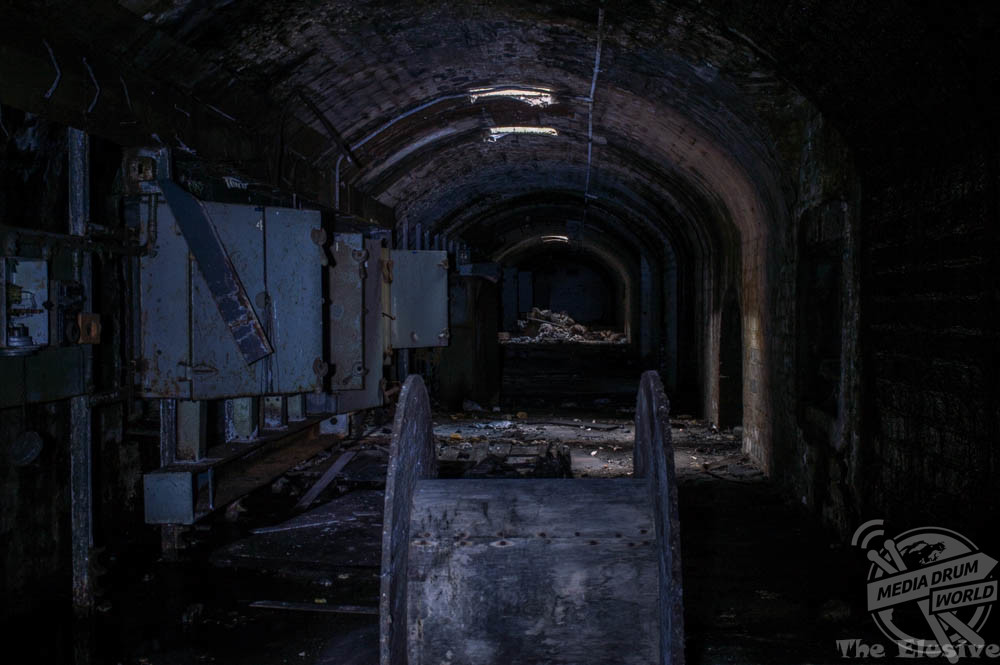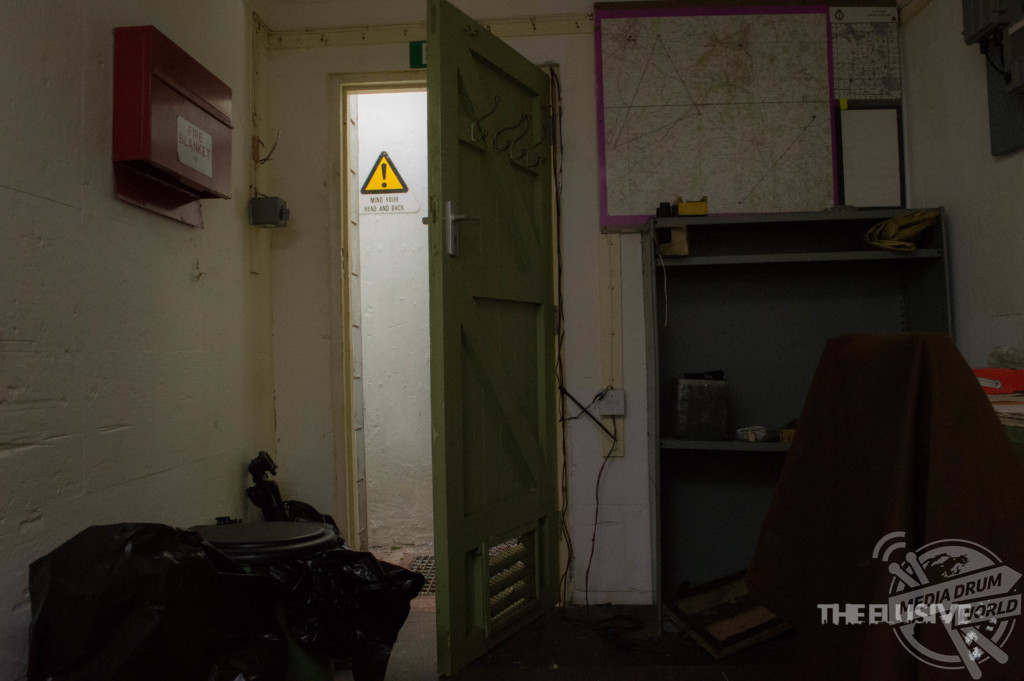By Mark McConville
EERIE images have revealed what is lurking beneath the surface across the UK unbeknownst to the public.

The Elusive / mediadrumworld.com
The creepy pictures show the abandoned remains of Royal Observer Core (ROC) posts built during the Cold War, WW2-era bunkers and civilian air raid shelters.

The Elusive / mediadrumworld.com
Other haunting snaps show forgotten factories that were built underneath sections of other factories to hide the production of aircraft and tanks while Victorian-era grottos are also pictured. They were a symbol of affluence.

The Elusive / mediadrumworld.com
The spooky photographs were captured by an urban explorer known only as The Elusive after they stumbled upon an old ROC post.

The Elusive / mediadrumworld.com
“Throughout history we have used the spaces underneath our towns, cities and in the countryside as means of protection, production, transportation and even worship,” they said.

The Elusive / mediadrumworld.com
“It’s always been a personal fascination for me; as a child I spent lots of time wandering the countryside on my bike or walking, family days out were always educational as well it’s something I’ve taken with me throughout my life, that and a bit of good old fashioned curiosity.

The Elusive / mediadrumworld.com
“Train tunnels are ten a penny throughout the UK, there are a few lurking around that are no longer used or turned into cycle paths or walkways.

The Elusive / mediadrumworld.com
“What started my fascination with underground spaces was finding an old ROC post, Royal Observer Core. During the Cold War there were over 1,500 of these little posts made for three members of the core and designed to use the supplied equipment to estimate the impact of a nuclear blast; including ground zero and the power of the bomb.

The Elusive / mediadrumworld.com
“They were slowly closed from 1960s until the early nineties and most are empty shells now but I do have a couple of examples of these little time capsules before they were vandalised and the contents removed.”

The Elusive / mediadrumworld.com
Royal Observer Corps Monitoring Posts are underground structures all over the United Kingdom, constructed as a result of the Corps’ nuclear reporting role and operated by volunteers during the Cold War between 1955 and 1991.

The Elusive / mediadrumworld.com
In all but a very few instances the posts were built to a standard design consisting of a 14-foot-deep access shaft, a toilet/store and a monitoring room. The most unusual post was the non-standard one constructed in a cellar within Windsor Castle.

The Elusive / mediadrumworld.com
“Military places particularly underground were a common thing during WW2 for secrecy as well as for protection,” added The Elusive.

The Elusive / mediadrumworld.com
“Communicating all over the country via underground region posts ready to withstand any attack.

The Elusive / mediadrumworld.com
“Civilian underground shelters were built for important factories that were dedicated to the war effort. One of these was forgotten about until a residential housing development went to dig foundations and realised what was lurking underneath.

The Elusive / mediadrumworld.com
“Factories were also built underground, most underneath sections of other factories to manufacturer engine parts for aircrafts and tanks.”

The Elusive / mediadrumworld.com
A grotto is a natural or artificial cave used by humans in both modern times and antiquity, and historically or prehistorically. These were particularly popular during Victorian times.

The Elusive / mediadrumworld.com
“Grottos were normally symbols and were notorious for being different or representing something; whether that be the area, a monument or a place of worship,” said The Elusive.

The Elusive / mediadrumworld.com
“These underground spaces had many myths from the locals of devil worship and strange deaths but are more likely to have been connected to gardens of an old stately home or manor and would have been a place to show off to their visiting guests.”

The Elusive / mediadrumworld.com







